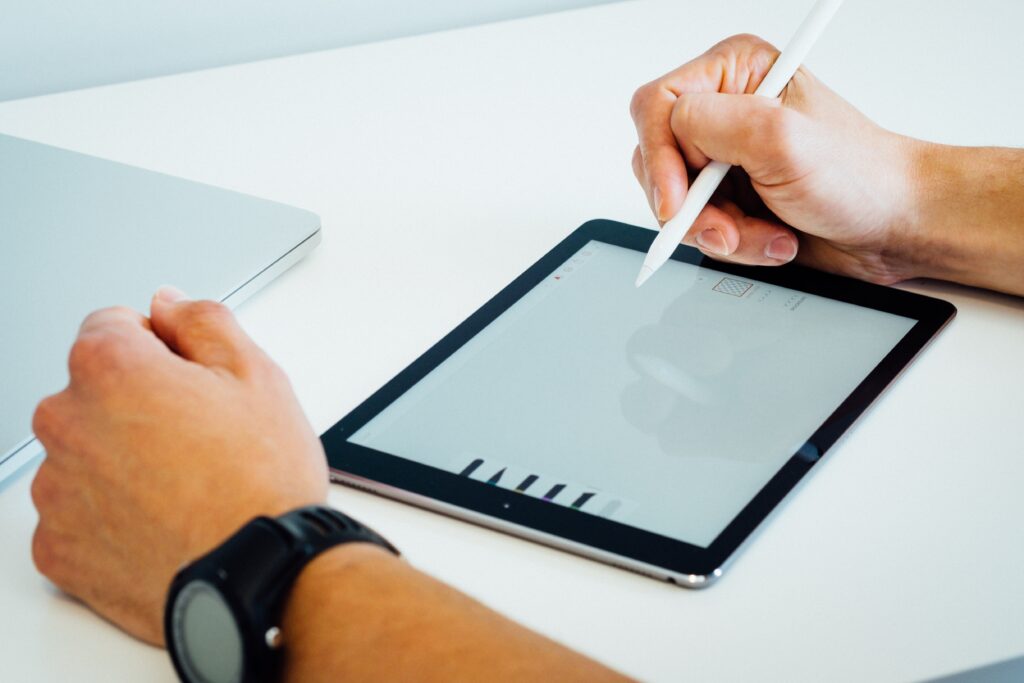
You’ve got a great idea for a business and a solid plan to bring it to fruition. But there’s still one essential piece missing: the logo. A good logo can make or break your company identity, so it’s important to get it right. To help you out with this crucial step in your brand’s growth, we’ve compiled our top five tips for designing an effective logo:
Simplicity
“Simplicity is the ultimate sophistication.”
- Leonardo da Vinci
When it comes to logo design, simplicity is key. If you have a complicated concept or idea for your brand, try to boil it down as much as possible before beginning your design process. This will help ensure that you keep things clean and easy-to-understand when creating your final product.
There are many reasons why simplicity should be at the forefront of any logo design: it’s easier to remember; it can be used in a variety of ways; they’re more adaptable; etc..
Choose the right typeface
Choosing a typeface is one of the most important decisions you’ll make in designing a logo. The typeface will help convey the mood and feel of your brand identity, so it’s important to choose one that aligns with how you want your company to look and feel.
Here are some things to keep in mind when choosing a typeface:
- Choose a typeface that is easy to read—the more readable your logo is, the more likely people will remember it. This means avoiding overly decorative or fancy fonts. Instead, opt for something simpler and more elegant like Helvetica Neue or Arial Black (which are both free!).
- Choose an available format—this means choosing between web fonts (which cannot be embedded into print) and desktop fonts (which can). Web fonts tend to be easier on the eyes than desktop ones because they’re designed specifically for small screens but if you’d like your logo printed on things like hats or t-shirts then use a desktop font instead!
- Don’t forget about color! If possible try out different color combinations before deciding which ones work best together; this will ensure that any text matches up nicely with whatever image(s) accompany it later down the line.”
Be creative with color
Color is powerful, so it should be used wisely. As a general rule, you want to use a color scheme that’s in line with your brand’s overall look and feel. For example, if the website for your company is blue and green, your logo may also be some combination of those two colors.
If you’re not sure where to start when it comes to choosing colors for a logo design project, there are many resources at your disposal:
- You can search Google Images or Pinterest for inspiration; these sites contain thousands of examples that can provide insight into what works well—and what doesn’t work so well—when it comes to color usage in logos.
- Check out the color palettes already being used by other companies in similar industries as yours; this will give you an idea of how people perceive those particular shades when they’re applied across various types of brands (e-commerce websites versus clothing stores).
Stay consistent across platforms
If a logo is used consistently across all the brand’s platforms, it will be easier for users to find their way around. Consistency helps users get oriented and know what to expect when they come across your brand. When a user has established a relationship with a particular logo, it makes sense for them to assume that this is the same company or brand everywhere else as well. If you use different logos on different platforms, then that could confuse or frustrate your users because they won’t know which one is correct. For example, if you’re an e-commerce clothing store with physical locations and an online store selling clothing as well as accessories like jewelry and bags—then every item should have consistent branding across every platform (store signage, website header/footer images).
Get feedback from others
Never underestimate the value of honest feedback. A professional designer will be able to tell you where your logo’s strengths are, where it could use improvement and why. If someone tells you they like something you don’t, ask them why—that way, you can learn more about your audience.
You should also get feedback from other people outside of the design world—they might offer an entirely different perspective than what an experienced designer would give (and often, it’s easier for people outside of the industry to explain what works or doesn’t work).
Conclusion
Creating a logo is a lot of work! It can take days, months or even years to come up with the perfect design that represents your brand. While we hope these tips have helped you get started in the right direction, they are just some of the things you should consider when designing a logo. Don’t forget to ask others for feedback on your ideas and trust their opinions when making decisions about color schemes or typography choices. The most important thing is that you enjoy what you make; don’t let anyone tell you otherwise!



